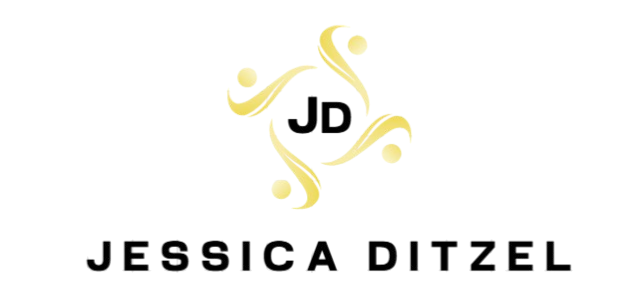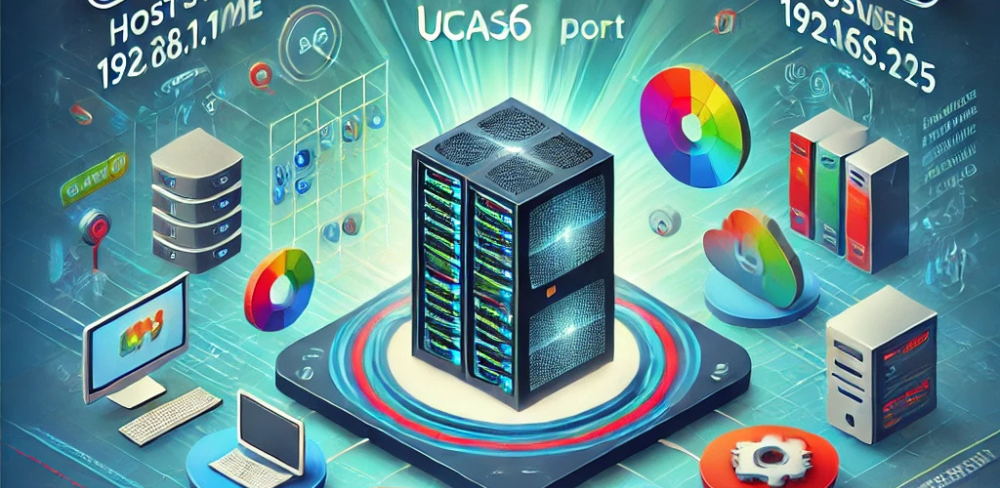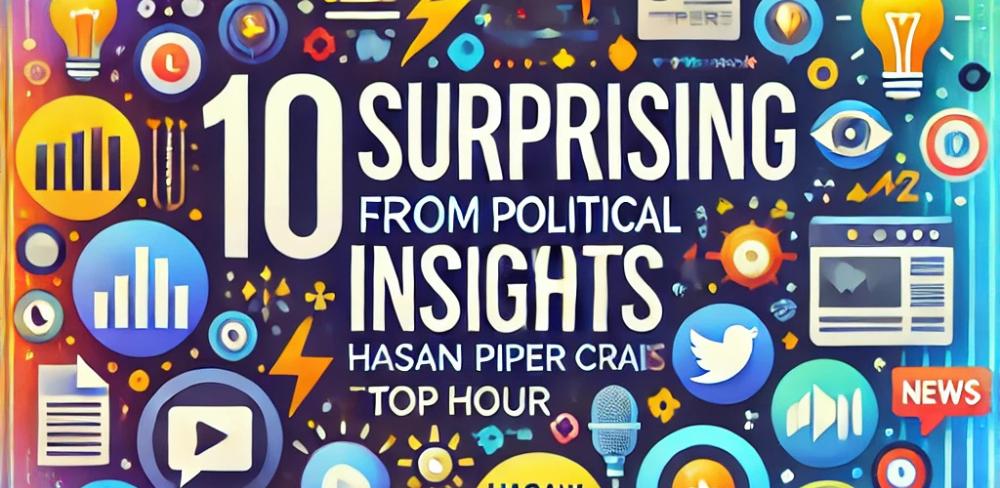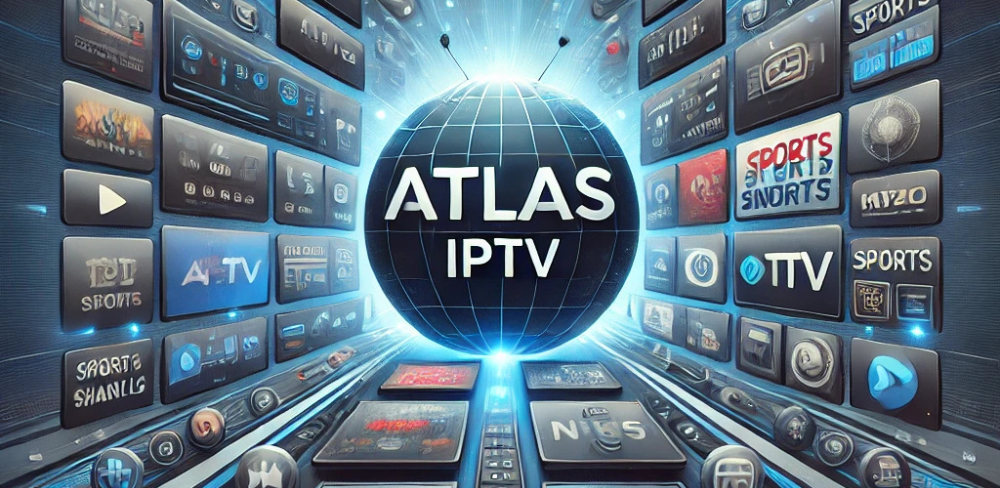What is happening in the technology world nowadays, where new fancy terms and concepts arise frequently attracting innovators, entrepreneurs or just people who really like it? Genrodot is one of those words. Genrodot in itself does not exist, but it represents what unimaginable technology of the future could allow us to do. In this piece we are going to have a deep dive into what Genrodot may be, what it could eventually do and how that links in with some social structures/ side effects on the new application.
What is Genrodot?

Genrodot may not have a clear explanation at this point or it hasn’t been patented by anyone in the mainstream media. These are called genrodots for coming out with the next wave of email, homeowners, and even stock market daily. Like blockchain and quantum computing, the next big science thing to change our way of life; Genrodot is the idea that transforms society. Although the details of Genrodot remain largely speculative, it can be envisioned as a state-of-the-art system or platform with advanced features like Artificial Intelligence (AI), Blockchain Technology, Quantum Computing, and Biotechnology. Or perhaps even a hybrid, addressing one of the hottest challenges in both fields to create truly synergistic results.
Historical conceptions of Genrodot The mentality and success of previous generations in comparison Today, a number of sources suggest that the basis for Genrodot as we understand it today could be associated with convergence among several emerging technologies. Further, we have seen how the pace of AI and machine learning has enabled tools such as blockchain to reshape whole industries. Genrodot may actually be one of the next-generation forms that these breakthroughs and innovations develop into. Genrodot is a concept that could have germinated in research labs or think tanks where scientists and technologists are contemplating what can be achieved with technologies of today and tomorrow. It could even be the culmination of multiple disciplines working together, netting a technology that is more than just all the pieces put together.
What Could Genrodot Be? Since it is a speculative work of Genrodot, there can be many forms to manifest.
- Advanced AI-Powered Blockchain: Genrodot might be a blockchain that uses artificial intelligence to make sure with security, efficiency, and scalability. This Blockchain will process complex decisions using AI, ultimately making these transactions more efficient and secure than any transaction on the market right now.
- Genrodot: a Quantum Computing Platform: Genrodot could be a quantum computing platform that uses concepts based mostly on the principles of Quantum machines to process information way faster than is feasible for classical computers. These might involve things like physics simulations, cryptographic problems, and optimizations.
- Biotechnological Marvel: Within the domain of healthcare, Genrodot represents a massive biotechnological breakthrough that permits personalized medicine in ways we have never seen. The treatment may be gene-edited, made from synthetic biology, or even nanotechnology on the fly corresponding to a person’s genome.
- An IoT Ecosystem: Genrodot might be imagined as an Internet of Things (IoT) ecosystem wherein wise devices harmoniously integrate throughout different fields, from smart cities to healthcare institutions, in order to unrestrictedly and privacy-enabled flow the information within a connected environment.
Potential Applications of Genrodot

Genrodot’s applications, of course, are vast and would probably cover multiple industries. We have tried to explain here regarding how Genrodot can influence key sectors:
- Healthcare and Medicine: Genrodot has the potential to change how we diagnose, treat, or care for patients in healthcare. Picture a world in which treatments are no longer given generically but customized to our own particular genetic code. Such is the power that Genrodot could deliver using sophisticated AI algorithms combined with your genomic data to provide individualized treatment strategies. Genrodot could pinpoint optimal cancer treatments tailored to a patient’s individual genetic mutations, which would have the potential of increasing survival rates as well as mitigating side effects. It could also enable remote patient monitoring, allowing faster intervention and easing the strain on healthcare systems.
- Finance and Cryptocurrency: The financial sector could see a huge step up with Genrodot. So, if Genrodot proves to be an AI-driven influence with blockchain technology, it could ultimately manage all of our finances. By using AI integration in their system, there could be automation to handle the fraud detection process, making transactions more secure and transparent. This could also make transaction times much shorter, as they are facilitated almost instantly for cross-border transfers. In addition, Genrodot could be used for the implementation of new digital asset forms that offer a more stable and secure alternative to cryptocurrencies we all know. It may open the gates for wider use by other businesses and consumers.
- Manufacturing and Supply Chain Management: Genrodot in manufacturing could streamline production processes and optimize supply chain management. Genrodot can make production lines real-time monitored and machines predictive maintenance, combined with smart resource allocation using the assistance of AI technologies. Optimizing them would result in less time lost, lower costs, and increased productivity. End-to-End Visibility: In the realm of supply chain management, Genrodot could ensure that products are tracked from the source (origination point) to the consumer. This has the potential of increasing transparency, reducing forgery risks, and fostering consumer trust.
- Environmental Sustainability: There are numerous devastating results that doom the entire globe with thermal heating systems, along with Genrodot can be a severe device in overall reformation for environmental sustainability. An example application can be to control energy consumption in smart cities and reduce carbon footprints. Due to Genrodot, it would be possible to create precision farming in agriculture (to obtain a greater yield for the harvest without using all the water and fertilizer necessary). This, in turn, could help to create intelligent power distribution systems that incorporate renewable energy sources and guarantee a reliable supply of electricity on a long-term basis.
- Education and Research: Genrodot can change the way we learn and do our research. Genrodot uses AI to deliver personalized learning experiences, customizing content according to the requirements and interests of individual students. This may change the way learning outcomes are delivered and students stay engaged. Automated Complex Data Analysis Tasks: For research, Genrodot can be great in speeding up the discovery process. One of the ways it could be applied is to scour vast datasets—in areas like genomics, chemistry, or physics, for example—that contain patterns and insights buried beneath layers upon layers of noise, which would take human researchers years to stumble through.
Why is Genrodot Important?

Genrodot is important because it has the potential to solve some of the most pressing challenges facing society. From healthcare to finance, manufacturing to environmental sustainability, Genrodot is poised as a solution that is both more efficient and effective than some of the technologies we use today. Additionally, the proliferation of advanced technologies can be democratized even further if Genrodot is implemented. Genrodot could enable healthcare to provide truly personalized medicine to all, irrespective of their socio-economic standing. In finance, it could deliver secure and transparent financial services to the unbanked, which will go a long way toward lessening inequality.
Impact Across Sectors: Genrodot can drive innovation across sectors as well. By combining the AI powerhouse, blockchain, quantum computing, and biotechnology, it can create dozens of new industries and business models. The hope is that by offering these companies financial incentives, they could initiate economic growth and job creation, ultimately benefiting everybody.
Ethical Considerations and Challenges: As with other nascent technologies, the advent of Genrodot would come along with new ethical considerations. This might include worries about privacy, safety, or the opportunity for abuse. For instance, if implemented as surveillance and monitoring systems, Genrodot could be abused by authoritarian regimes. Similarly, the application of AI in decisions could introduce concerns around bias and responsibility. Solving these problems would require strong ethics and regulatory control mechanisms. This might involve establishing international norms or standards on how Genrodot is developed and deployed in a manner that maximizes benefits to society with minimal harm.
How Does Genrodot Compare to Existing Technologies?
Based on the speculative nature of this object, Genrodot would likely surpass almost all existing technologies in terms of efficiency and scalability. If Genrodot were a blockchain controlled by AI, it could provide faster transaction times and superior security compared to current blockchain technologies like Bitcoin or Ethereum.
Old Market Systems Vis-a-Vis Genrodot:
- Simplification at Scale: Traditional market systems are slow and cumbersome, but the team behind Genrodot could build it from the ground up to enable near-seamless transaction processing across high data growth networks, making it suitable for massive applications spanning multiple industries.
- Security: Genrodot could offer a higher level of security for digital transactions and data storage by incorporating sophisticated encryption methods and using AI-powered threat detection.
- Efficiency: The capability of Genrodot to automate complex processes could bring about significant time and cost savings, making it more efficient than current technologies.
- Interoperability: Genrodot’s interoperability could allow it to dovetail with other technologies and platforms. Businesses could implement Genrodot more easily, benefiting from its integration.
Potential Drawbacks:
- Complexity: Genrodot will be complex due to the integration of many advanced technologies, which might confuse users without prior knowledge, potentially limiting its adoption and use.
- Cost: The development and deployment of Genrodot are likely to be expensive, making it difficult for smaller enterprises and developing countries to access.
- Regulatory Hurdles: Genrodot could confront major regulatory challenges, especially if it involves AI and blockchain technologies that are already under scrutiny.
Challenges and Considerations
Like any fledgling technology, Genrodot would likely face numerous hurdles on its journey to broad implementation. These could include:
- Higher Burden of Regulations and Legal: Genrodot may encounter a complex origin with respect to regulation and legality. Depending on where it applies, Genrodot could be subject to several different regulatory agencies, each with its own rules and requirements. For instance, if Genrodot is used in healthcare, it may have to follow HIPAA regulations in the USA or GDPR in Europe. To get up and running, it would be critical for the project to engage with regulators early in development—Genrodot must also conform to these standards.
- Ethical Implications: The ethical implications of Genrodot would need careful consideration as well. For example, if Genrodot uses AI, concerns related to bias and fairness may arise. Additionally, if it involves blockchain, issues related to privacy or ownership of data could emerge. This would require the creation of detailed ethical guidelines and mechanisms to oversee the responsible use of Genrodot.
- Development Challenges: From a technical standpoint, developing Genrodot could be quite difficult. Integrating AI, blockchain, and quantum computing into a single platform would face numerous operational hurdles, such as ensuring interoperability and scalability. These challenges would necessitate extensive research and development (R&D) efforts, drawing on expertise from various domains.
- Market Adoption: Finally, the market dynamics will play a crucial role in Genrodot’s success. If businesses and consumers are slow to adopt Genrodot, it could limit its effectiveness. Education would be key to ensuring users understand the technology, and support could help drive the uptake of Genrodot to avoid a low adoption rate.
Conclusion
Concepts like Genrodot embody what future tech breakthroughs can accomplish, helping to shape our world immeasurably. Genrodot could be the next trillion-dollar vertical—whether it is an AI-driven blockchain, quantum computing platform, or biotech whiz-bang technology. What we are interested in exploring here is transformative technologies that might help solve some of society’s biggest problems. Whatever Genrodot actually is, it will be big. And that cannot be more heavily understated! Genrodot could serve as a relevant player in making the future of our world with innovation, sustainability, and access to high-end technologies accessible.
Moving forward, it will be important to stay attuned to advances in technologies such as Genrodot and have serious conversations about what this means for the future. Navigate to JessicaDitzel.com for a deeper dive into the latest tech and innovations, also discussing the implications of recent trends for different industries.





One thought on “What is Genrodot? A Comprehensive Guide”